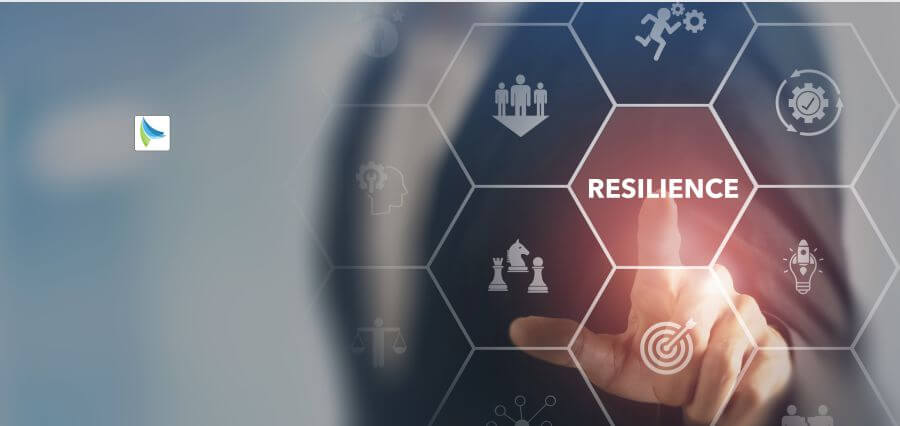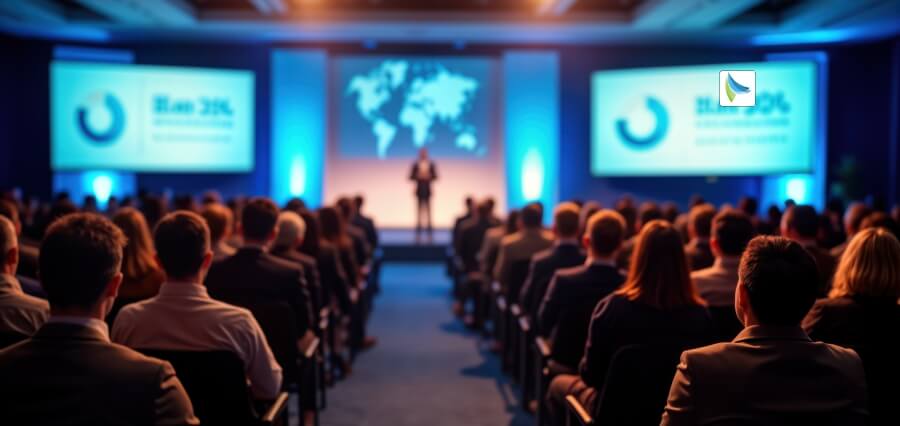Scaling the Blue Frontier
The evolution of the aquaculture business is altering the food systems across the globe. Aquaculture is no longer a niche or local practice and has grown into a main contributor to global seafood production. After years of slow growth, the sustainable protein industry is at a turning point, in an era of innovation, capital flows, and regulatory changes that are shaping the industry over the next several decades.
Drivers of Growth
According to a 2025 World Bank and WWF report, an estimated investment of 1.5 trillion dollars specifically on target by 2050 could increase the output to 255 million metric tons and offer as many as 22 million jobs globally. By contrast, business-as-usual growth path (involving $0.5 trillion investment) would deliver 159 Mt and fewer jobs. This is how scale-up in business development in the aquaculture industry can be life-changing.
Technological Innovation & Operational Efficiency
Technology is central to the growth of the aquaculture business. Recirculating Aquaculture Systems (RAS), biofloc, and Integrated Multi-Trophic Aquaculture (IMTA) support water-recycling, waste-minimization, fish-shellfish and seaweed co-culture to achieve ecological balance and economic diversification.
The combination of AI and IoT will allow real-time monitoring of water quality and fish health, predictive feeding, early disease detection, and the automation of processes, lowering wastage, increasing yield, and reducing the labor force requirement. Genetic and breeding innovations provide growth at an accelerated rate, yielding disease-resistant and fast-growing strains with improved feed conversion ratios.
Business and Sustainability Trends
Adoption of sustainability is becoming synonymous with business strategy in aquaculture. The ASC certification has become an internationally accepted standard of responsible behavior in various species, such as shrimp, salmon, tilapia, and seaweed. Certification is not only in line with consumer responses of expecting traceable, eco-friendly seafood, but also improves access to high-value markets.
The new environmental value that regenerative aquaculture offers, particularly kelp, oyster, and seaweed farm, generates carbon removal and habitat restoration as well as encourages biodiversity and fits in the health and climate‑conscious consumer trends. The integration of blue-carbon and protein systems has gained traction with the use of red algae as cattle feed, decreasing methane emissions by 77 % in Hawaii.
Financial Ecosystem & Investment Flow
Nevertheless, aquaculture business growth has long been undercapitalized: only about 1 percent of blue‑economy investment supports this sector. The only solution is to fill this gap with blended finance, or a combination of concessional loans, guarantees, and impact bonds, as implemented by institutions such as the Asian Development Bank (ADB) in Southeast Asia.
Even in Southeast Asia, and specifically in the Coral Triangle, ocean startup investments have tripled over the last few years. Yet, the bulk of the capital is still in the Global North, but production and vulnerability are in the Global South. The real challenge to scalable growth will be in rectifying this imbalance.
Challenges and Resilience
Expansion of the aquaculture business is not without threats. Operationally, there are challenges of disease outbreaks, regulatory lapses, environmental effects, and market instability. Among the chief misfortunes observed are salmon death at RAS plants due to oxygen deprivation and the salmon industry afflictions in Norway. Environmental regulators are becoming strict regarding habitat protection, antibiotic usage, and effluent, establishing a balance between sustainability and scalability.
Pathways for Future Growth
The holistic approach is essential to maintain and expand the business growth in aquaculture:
- Mobilize capital wisely: Exploit blended finance, blue bonds, and regional development banks to de-risk investment and help smallholders.
- Invest in technology: Scale AI/IoT, RAS, IMTA, and automated infrastructure to minimize bearing on the environment and to increase output.
- Strengthen standards: Support systems of certification such as ASC and local training courses to achieve biosecurity and quality.
- Promote inclusion: We must expand the capacity of small-scale farmers, particularly in the Global South, so that they can equally access benefits.
- Diversify markets and species: Move beyond shrimp and carp to seaweed, tilapia, high-value offshore species, urban farming, and value-added products.
Final Words
The development of aquaculture is in a crucial stage. As the world population grows, wild fisheries level off, and a growing number of people face nutritional challenges, aquaculture will provide a sustainable, scalable solution. To realize this potential, there must be cohesive investment, robust technology adoption, and capacity building, as well as resolute environmental governance.
When harnessed properly, it has the potential to bring trillions of dollars of economic value, millions of jobs, and become a key driver of food security and resilience to climate change on a global scale. Bold, responsible scaling is the future of aquaculture business growth, where technology, sustainability, and even human development collaborate below the blue frontier.
Read More : How Aquaculture Technology Trends Reinventing the Industry












